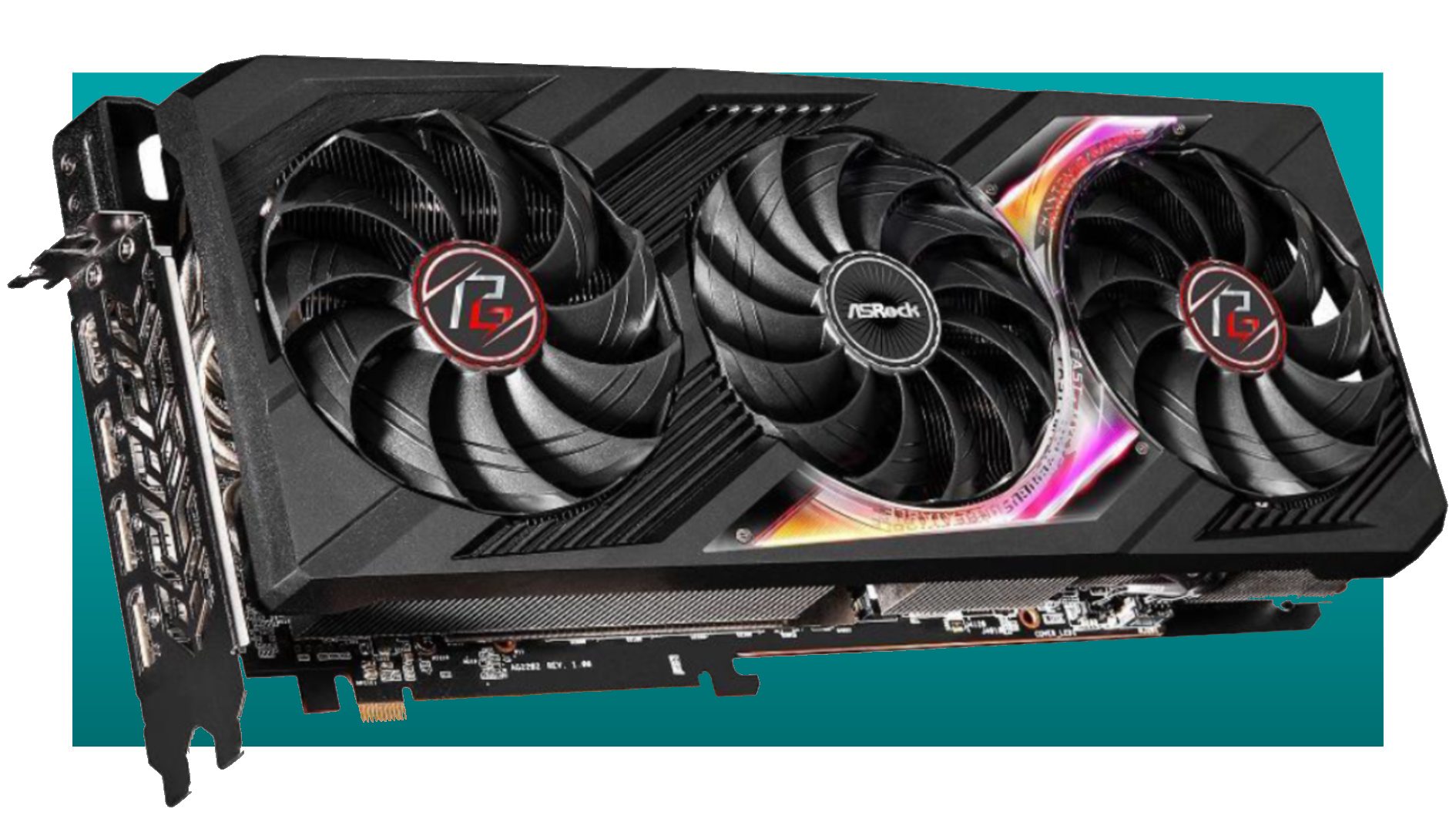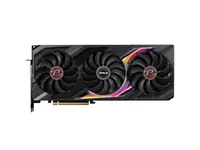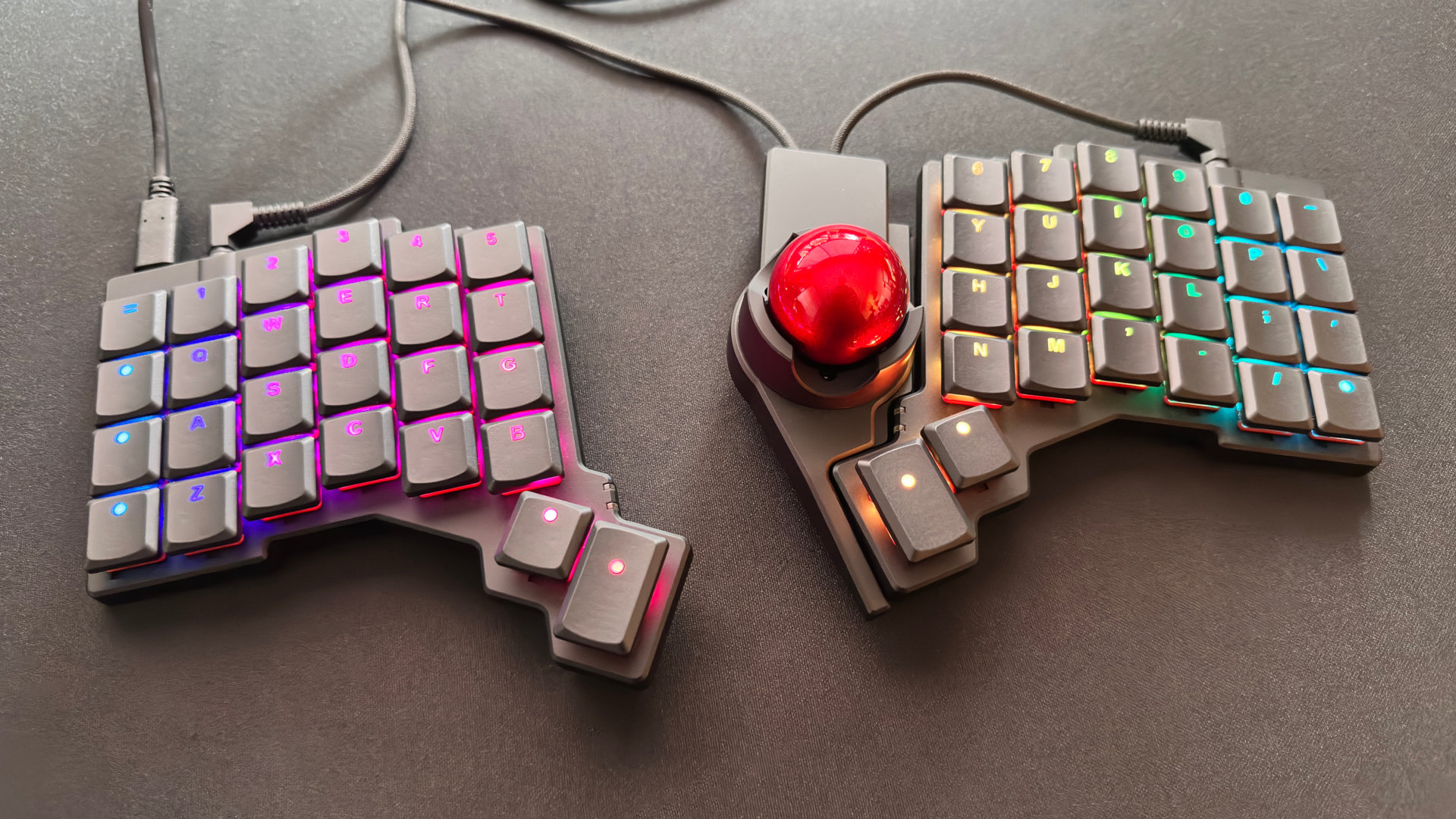AMD's 7900 XT is now even cheaper at $830
Another $50 off MSRP, if not actually all that cheap.

ASRock Phantom Gaming Radeon RX 7900 XT | 20GB | 5,376 shaders | 2,394MHz | $879.99 $829.99 at Newegg (save $50)
Your eyes aren't deceiving you: here's an overclocked RTX 4070 Ti that's selling near MSRP. This triple-fan OC card should be a solid upgrade from an RTX 3090 with better cooling and power efficiency.
Is an AMD Radeon RX 7900 XT for $820 actually a good deal? That is debatable. But one thing's for sure. It's well under the board's $899 recommended retail price.
It also constitutes a further fall from the cheapest 7900 XT we spotted a couple of weeks back. That was XFX card for $880. So, this Asrock option for $830 from Newegg is another $50 off. At this rate, we might see something actually appealing in high-end GPU pricing terms later in the year.
Of course, the big problem for any AMD Radeon RX 7900 XT card is the close proximity of Nvidia's GeForce RTX 4070 Ti. You can have one of those for sightly less money, with cards kicking off at $799.
In pure raster terms, the 7900 XT has the edge. But when you take into account ray-tracing, that tips the scale in the Nvidia card's favour.
Now, you might argue that ray-tracing has yet to become a really compelling feature. For sure, it's often hard to tell when it has been enabled. But then what about Nvidia's DLSS?
When it comes to upscaling, we'd say DLSS retains a slight image quality advantage of AMD's latest iteration of FSR. If that's a fairly close call, you then have to factor in the new frame generation technology in DLSS.
For now, AMD has no answer to frame generation, though it claims to have a response in the works. As ever then, it's that pesky wider Nvidia feature set that makes its GPUs so compelling.
On the one hand, the 7900 XT is more the bona fide high-end GPU, based as it is on AMD's biggest graphics chip, known as N31, anmd sporting 20GB of VRAM. By comparison, the 4070 Ti is actually based on Nvidia's third-tier AD104 GPU. It's miuch smaller than the AD103 chip in the RTX 4080, let alone the AD102 monster in the the RTX 4090.
Oh and it only packs 16GB of VRAM. Could that be critical as these GPUs age and games with increasing memory buffer demands appear? Maybe, just maybe.
So, you're getting more hardware for your money with the AMD option, but arguably a better immediate experience with the Nvidia card. It's a really tough call. We'd lean toward the Nvidia option for all those features, but always with a sliver of doubt that the AMD card might sometimes have been the better choice.
Keep up to date with the most important stories and the best deals, as picked by the PC Gamer team.

Jeremy has been writing about technology and PCs since the 90nm Netburst era (Google it!) and enjoys nothing more than a serious dissertation on the finer points of monitor input lag and overshoot followed by a forensic examination of advanced lithography. Or maybe he just likes machines that go “ping!” He also has a thing for tennis and cars.


